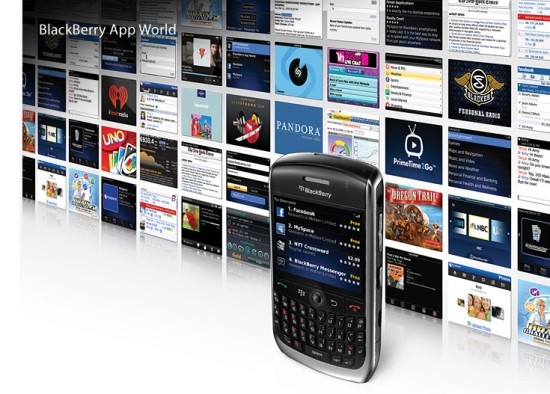BlackBerry App World provides developers with a channel to reach over 50 million BlackBerry smartphone users across the world.
There are already over 10,000 applications available to download, and on average, 1.5 million applications are being downloaded every day.
If you are looking to develop an application for the BlackBerry platform, here are the top ten questions you should consider:

Does it just work?
The best applications should “just work” regardless of how complex the programme is. Users should be able to use the basic functions of the application without having to open a manual or check a user forum.
Will it pass the traffic light test?
Users should be able to use an application’s features in the time it takes for a traffic light to turn from red to green. For example, in the BlackBerry Messenger application it is possible to scan a few messages and even type a quick response in a matter of minutes.
Does it anticipate users’ actions?
Applications must be intuitive and should be developed by anticipating exactly how they will be used. It is important that they have clear layouts and intuitive icon placement to ensure that users can navigate and employ its functions quickly and easily.
Does it integrate with the BlackBerry experience?
BlackBerry smartphone users will be most at ease and impressed with applications that take advantage of the overall BlackBerry experience. For example, a mobile social networking application that uses the device’s camera to take a photo and uses the integrated GPS to give it a location-based tag is much more valuable than an application that does not utilise any of the device’s native features.
Will it minimise battery drain?
Developers should ensure that applications do not degrade the overall performance of the device, in particular the battery life. Even if the application is crucial to the user it will not be seen as a viable option if it drains the battery life of the device significantly.
Does it capitalise on “push”?
Successful BlackBerry smartphone applications should capitalise on RIM’s innovative push technology. Push technology means that BlackBerry smartphone users never need to go looking for new information - instead it comes to them. This functionality changes the way users interact with their mobile device by reducing the frequency with which they have to seek out new information. A successful push application also uses the wireless network judiciously, only delivering information when necessary or when users call for it.
Does it use wireless access judiciously?
An application that judiciously employs wireless resources will frequently provide a better overall experience to the user and put less strain on the operator’s network. For example, a mobile weather application that is set to update itself every hour should only send or receive data if the current weather conditions have changed. For example, a mobile weather application may update itself every hour, even if they current conditions haven’t changed in days. This represents inefficient use of the wireless network, as there is actually no need for that data to be sent.
Does it work offline as well as online?
For applications that require internet access, developers must consider how the programme will be used during times when the user is in an area with little or no coverage. Therefore, BlackBerry smartphone applications should utilise push technology to ensure that vital information is stored locally on the device so a wireless connection is not essential for its use.
Does it have a responsive user interface?
The best BlackBerry applications have user interfaces that are speedy and responsive to user commands.
Does it utilise device specific features?
Developers should write applications with a specific device model in mind as they are usually more attractive than applications that provide few or no custom features. In a similar vein to the GPS photo tagging, an application that uses the device’s native GPS feature to determine the user’s location when searching for local amenities will be much more valuable than one that requires the user to enter their postcode or city name.
source: http://www.gadget.co.za
Wednesday, October 13, 2010
10 Consideration in Choosing a Perfect BlackBerry Applications
 9:02 AM
9:02 AM
 Heru Kurniawan
Heru Kurniawan
 RSS Feed
RSS Feed Twitter
Twitter
0 comments:
Post a Comment